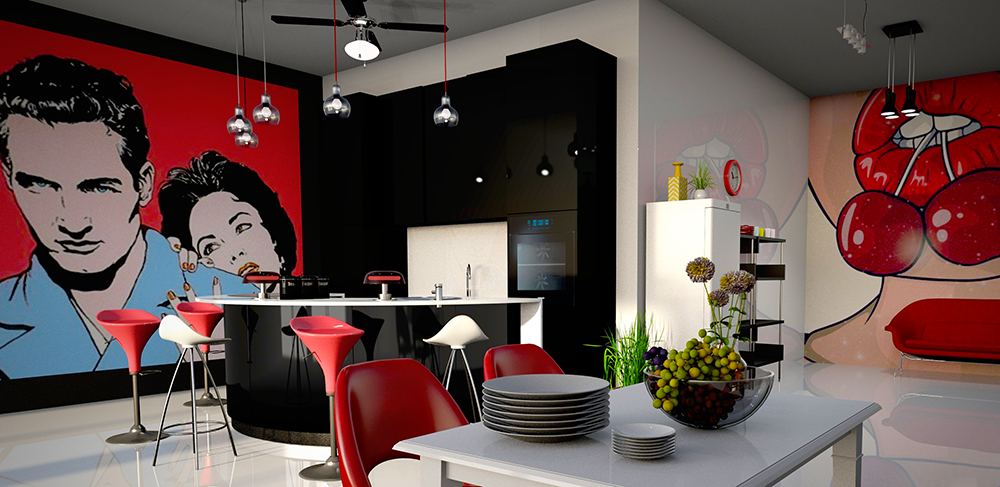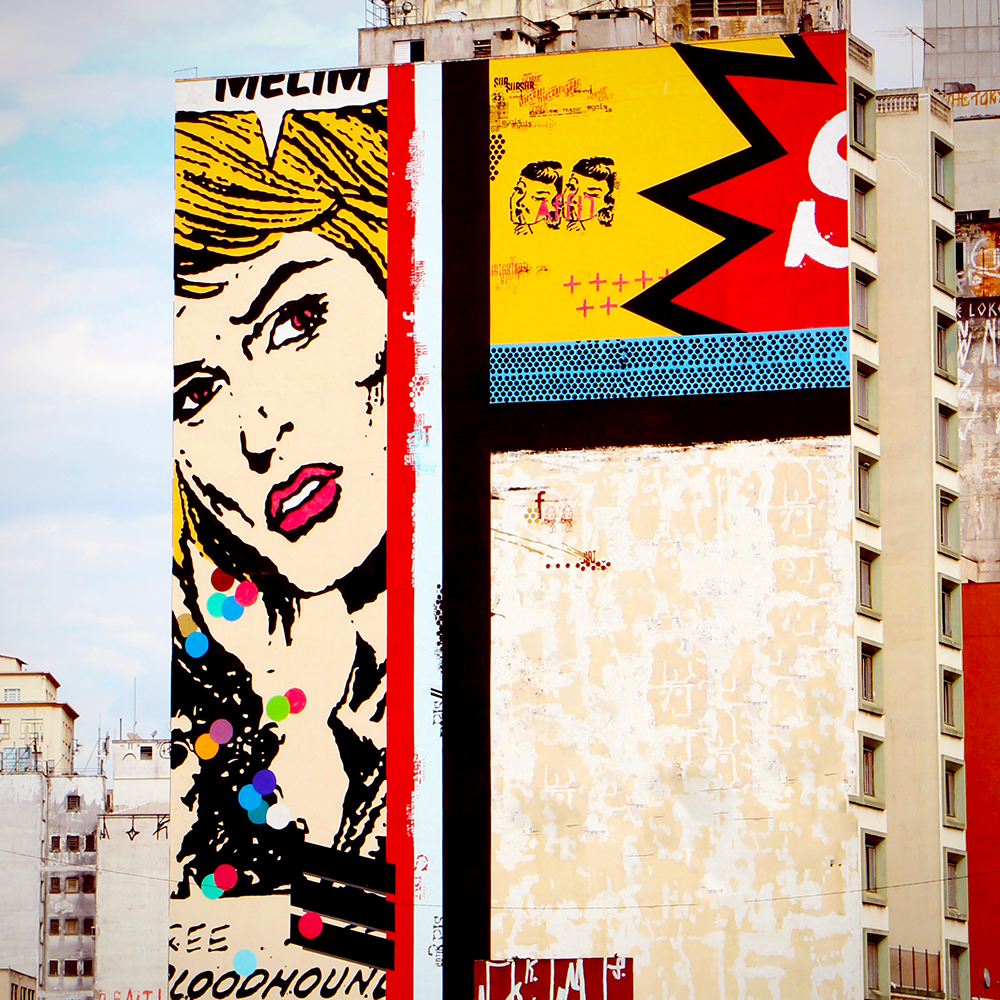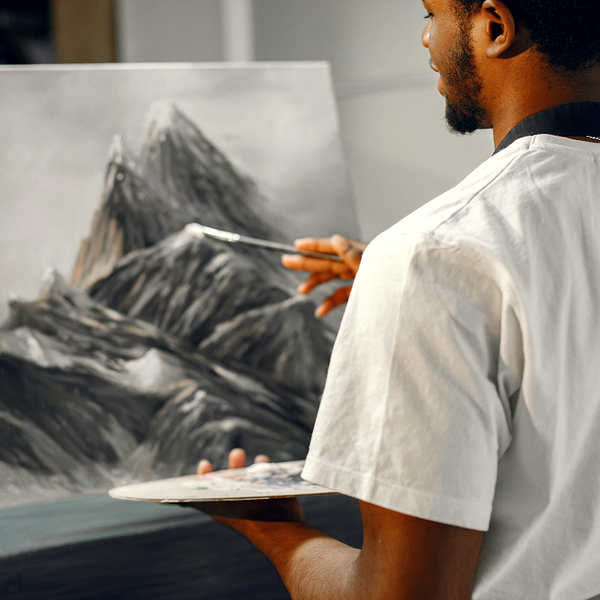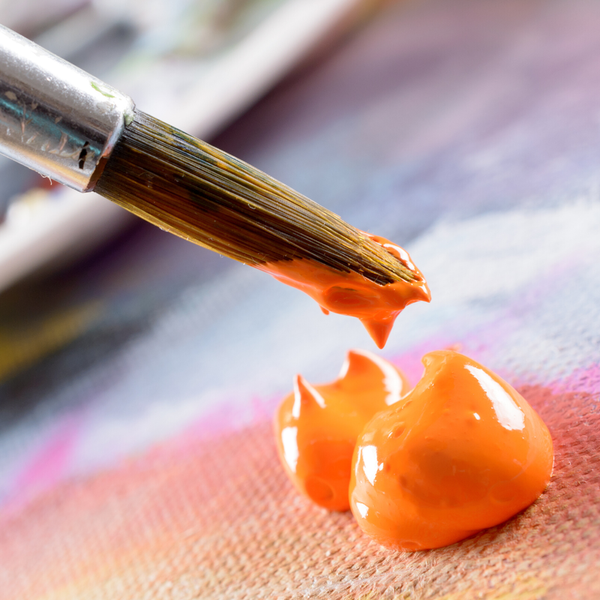Pop art is a visual art movement that emerged in the mid-1950s in Britain and the late 1950s in the United States.
This movement was all about celebrating popular culture, icons, and images from advertising and news media.
The main characteristic of pop art is an attempt to connect with the culture of mass consumption.
Today, pop art is more popular than ever, and you don't have to be a professional artist to create your own pop art masterpiece.
All you need is some basic supplies and a little bit of creativity.
So, let's get started!


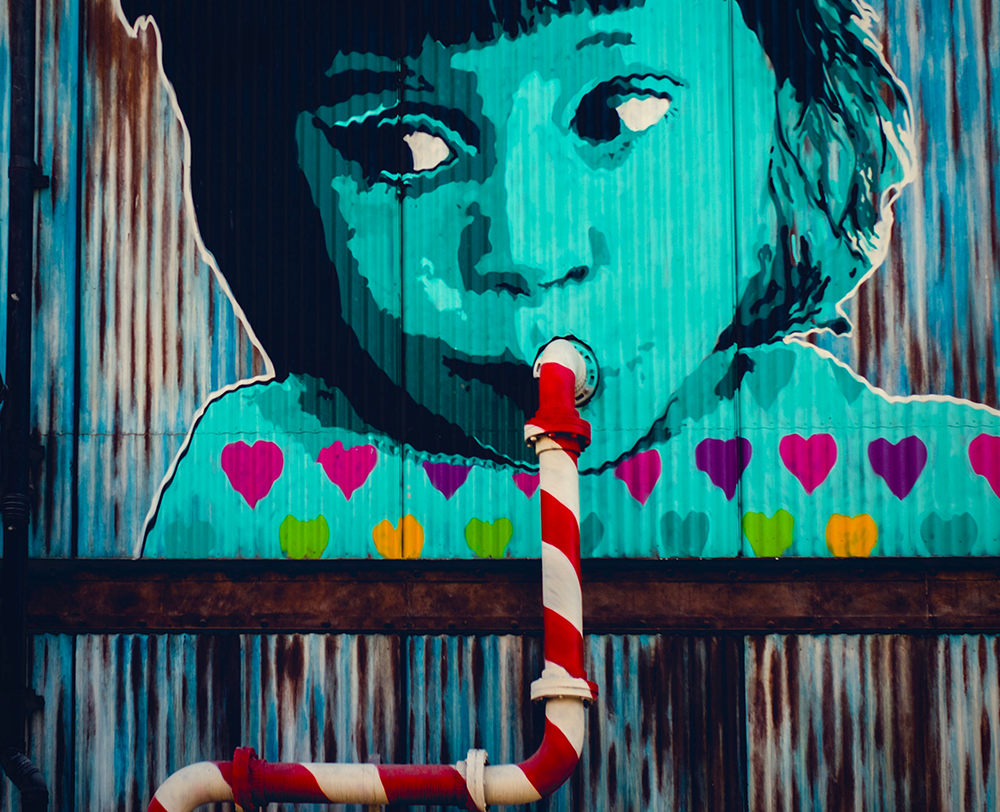
History of Pop Art
The pop art movement began in the 1950s, but it really took off in the 1960s.
It was started by a group of artists who were reacting against the traditional fine art world.
They believed that art should be accessible to everyone, not just the elite.
The pop artists wanted to break down the barriers between high art and popular culture.
They wanted to show that anything could be turned into art, even the most everyday objects from mass culture, creating a new form of modern art.
Pop artists working in this style employed techniques derived from mass media, advertising, and comic books and created works including but not limited to painting, sculpture, and collage.
Early pop art started in Britain and then made its way across the Atlantic to the United States, where American pop art emerged.
Richard Hamilton, Peter Blake, and Gerald Laing were the primary exponents of British pop art.
On the other side of the Atlantic, American artists Andy Warhol, Roy Lichtenstein, James Rosenquist, and Tom Wesselmann led the charge.
Let's take a closer look at some of the most iconic pop artworks out there.


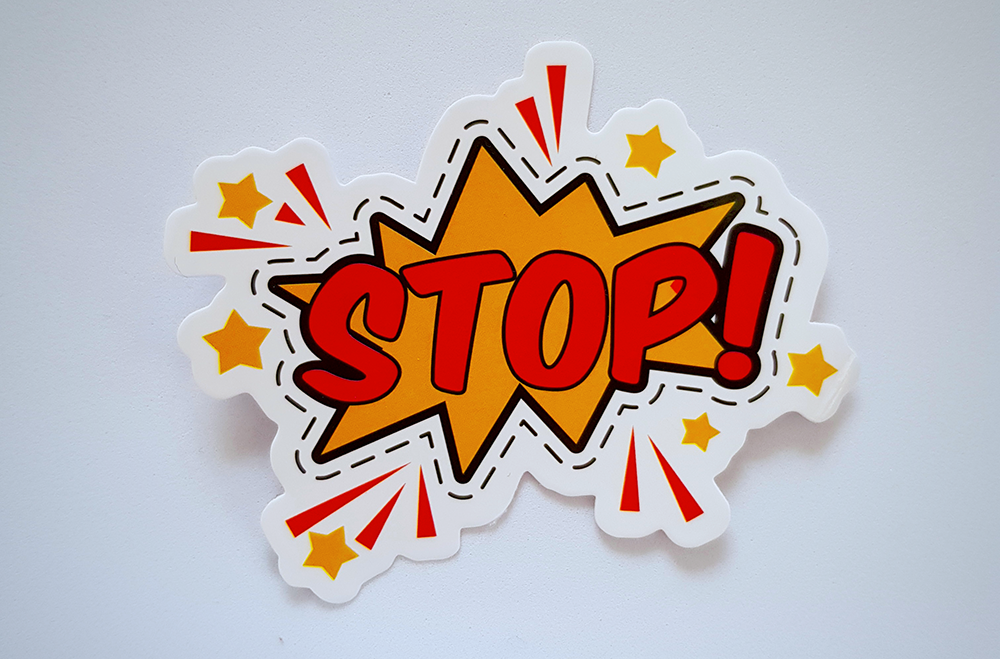
Richard Hamilton's "Just What Is It That Makes Today's Homes So Different, So Appealing?"
This work is often considered one of the earliest examples of pop art.
The title is derived from a 1956 advertisement for household cleaners and features a collage of images including pinups, consumer products, and muscle-bound men.
The overall effect is a pastiche of popular culture that highlights the sexualization and commercialization of society.
Pop Art Artists
You can't discuss pop art without discussing the artists who made it famous.
Pop culture imagery focused on abstract expressionism, and the artists were also trying to break away from the traditional art scene, illustrating that anything could be turned into art.
Many pop artists often used pop culture icons in their work as a way to make a statement about society.
There are a variety of major pop art figures, such as Andy Warhol, Roy Lichtenstein, and Jasper Johns.
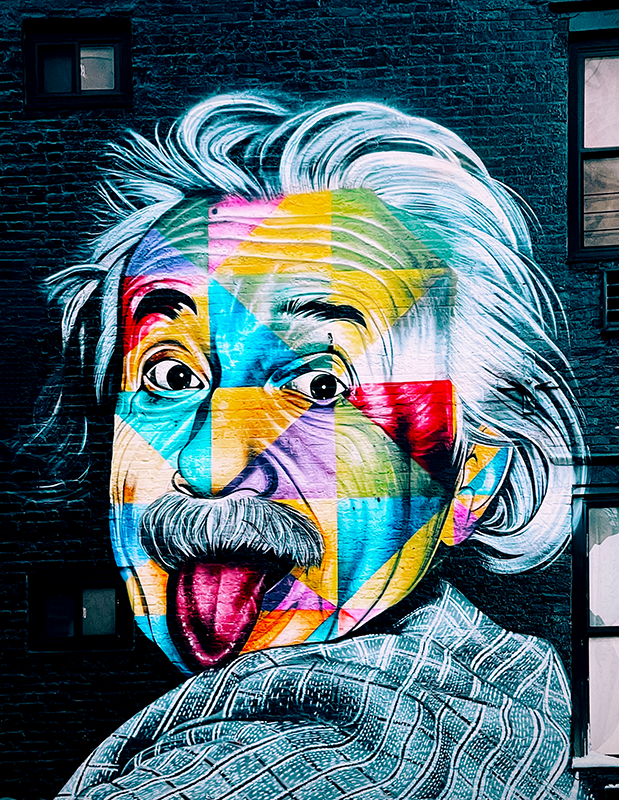
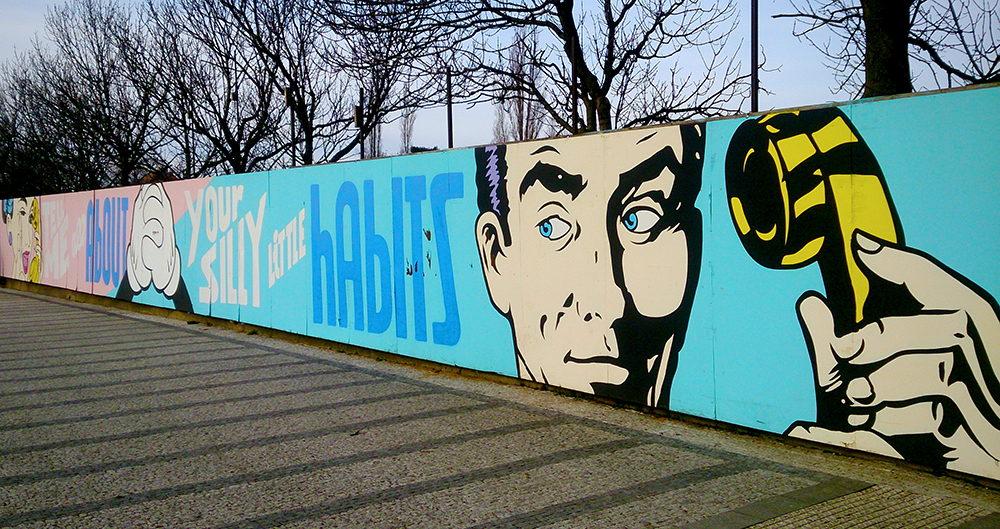

Andy Warhol - Commercial Success
Andy Warhol was one of the most commercially successful and famous pop artists of his time.
His prints were mass-produced and sold in department stores.
His work is characterized by its repetitiveness and its use of everyday objects.
One of his most famous works is Campbell's Soup Cans, which is exactly what it sounds like—a series of prints featuring Campbell's Soup cans.
While on first glance this work might not seem to have much depth, Warhol was actually commenting on consumer culture and the way that we consume mass-produced products without really think about them.
While some people dismissed Warhol's work as "empty," there's no denying that he was a master of his craft and leading pop artist.
And his work continues to be highly sought-after; in 2010, one of his printed portraits sold for $38 million.
Roy Lichtenstein - A Disruptive Force
Roy Lichtenstein was one of the most disruptive forces in the world of art.
He often appropriated images from popular culture, such as comic books and advertisements, and used them in his own work.
He was also known for his use of Ben-Day dots, a printing process that uses small dots to create an image.
Lichtenstein's work often comments on American society and consumerism.
One of his most famous works is Whaam!
This piece was adapted from a panel in DC Comics' All-American Men of War issue no. 89 (1963).
It depicts two fighter jets shooting at each other with missiles labeled "WHAM" and "POW."
The work is an excellent example of Lichtenstein's signature comic book style which he achieved by using Ben-Day dots—a printing process that combines dots of various sizes to create shading effects.
Jasper Johns - A Calvese Start?
Jasper Johns is one of the most enigmatic figures in the world of pop art.
His early work features images that are now ubiquitous in American culture, such as flags and numbers.
However, critics initially dismissed Johns' work as "trite."
Thankfully, Johns persevered and eventually found commercial and critical success.
His work often features commonplace objects rendered in unexpected ways.
One of his most famous works is Flag, which is an American flag composed entirely of triangles.
Producing Pop Art
Pop art is all about taking everyday objects and re-contextualizing them in a new and interesting way.
One of the simplest ways to do this is to take an object and enlarge it to an exaggerated size.
For example, you could take a can of soup and blow it up to twice its size.
Alternatively, you could take a child's toy and scale it up to life-size.
Another option is to take an image from the media and manipulate it in some way.
For example, you could take a photograph from a magazine and cut out pieces of it to create a new image.
You could also take a familiar image and change the colors or patterns to create something new.
Now that we've taken a look at some examples of pop art, let's learn how to create a pop art project of your own.
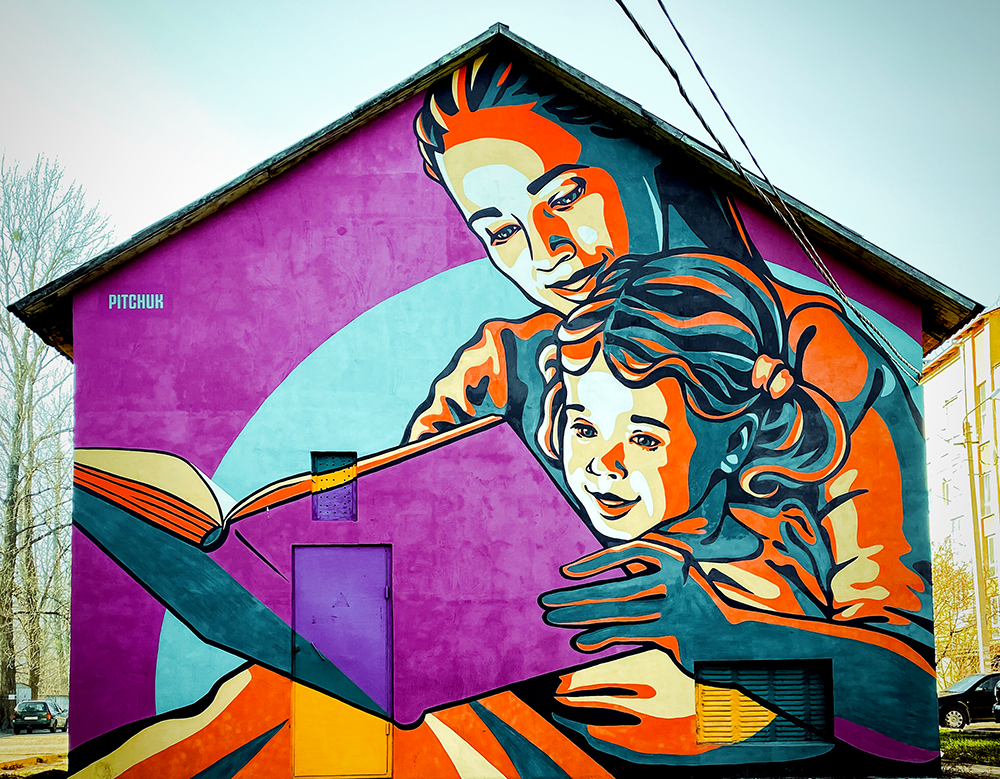
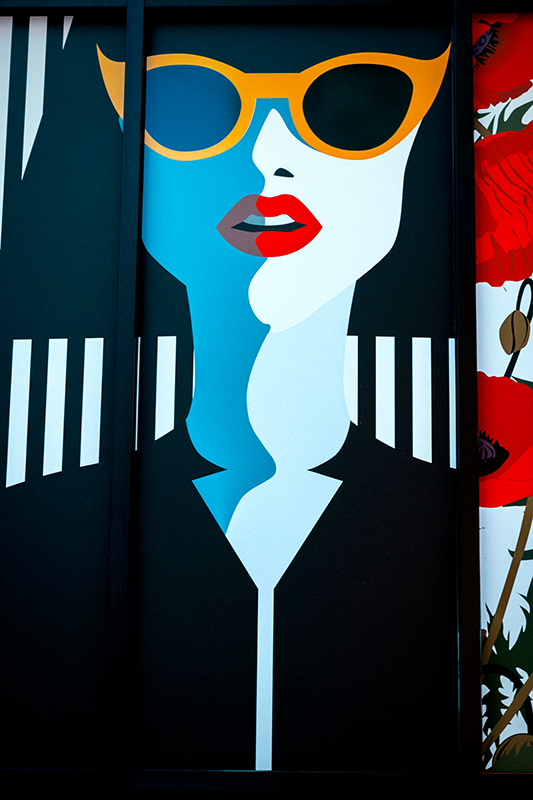
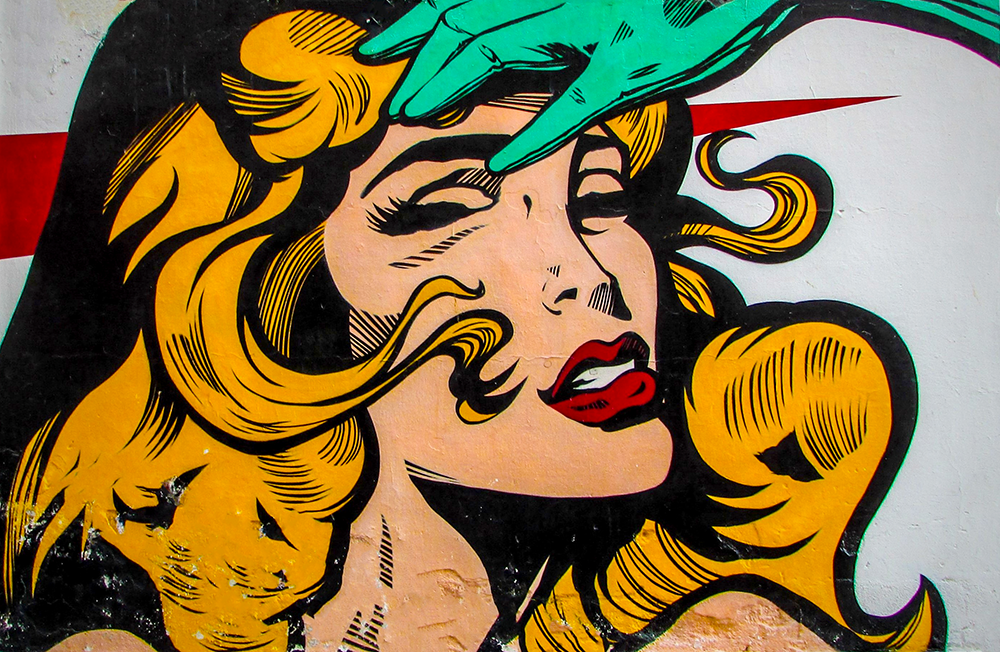
What You'll Need:
- A canvas or piece of sturdy paper
- Acrylic or tempura paint in a bright color
- A black Sharpie or other black marker
- Stencils (optional)
Choose Your Image
The first step is to choose the image that you want to use for your pop art painting.
Think about what types of things you're interested in or what topics are currently trending.
Once you've decided on an image, sketch it out on your canvas or paper using the black marker.
If you want to, you can also use stencils to help you get the lines just right.

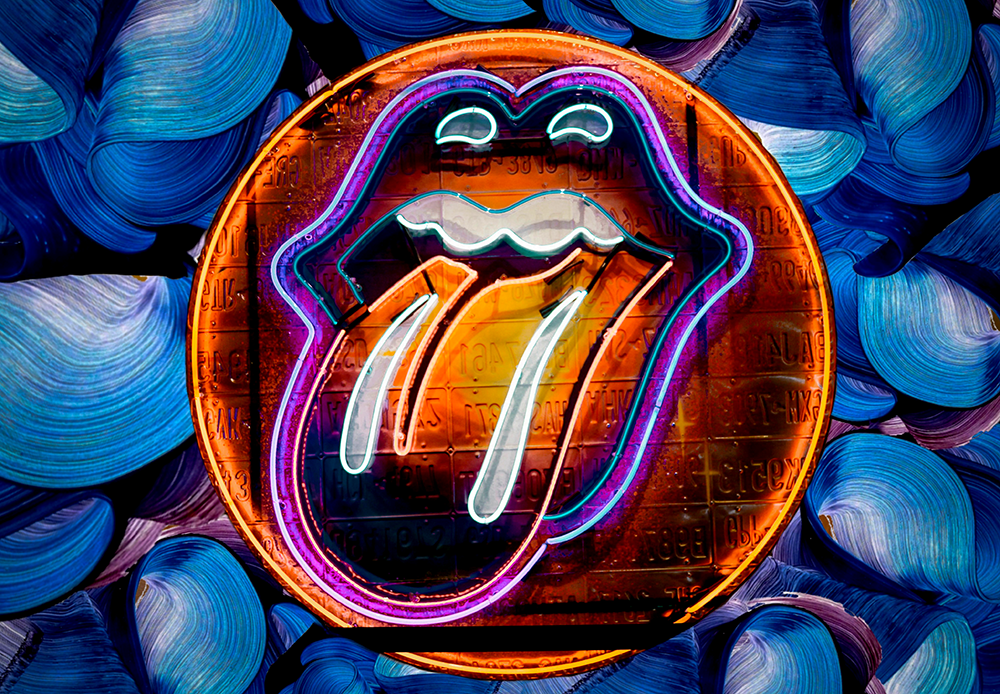

Paint It In
Now it's time to start painting!
Choose one color of paint and begin filling in your sketch.
Be as creative as you like—you can use different brushstrokes or patterns to give your work some extra personality.
And don't worry if it's not perfect—part of the charm of pop art is that it doesn't have to be precious or perfect.
Just have fun with it!
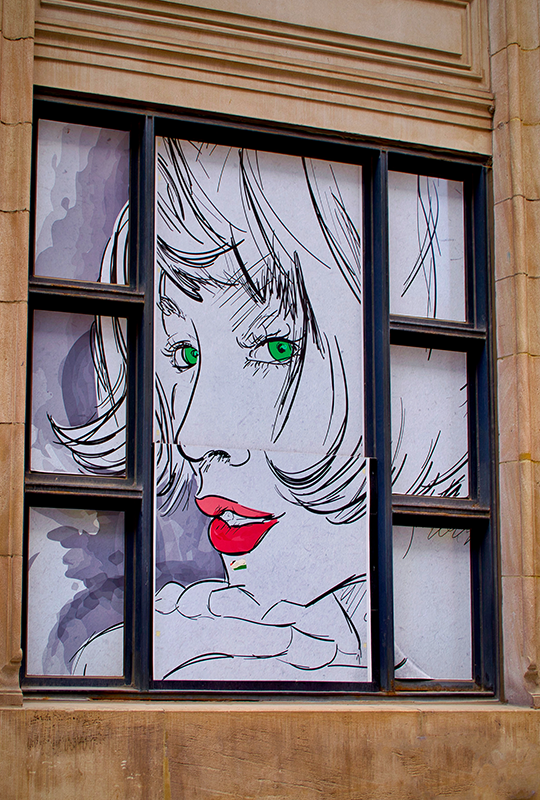
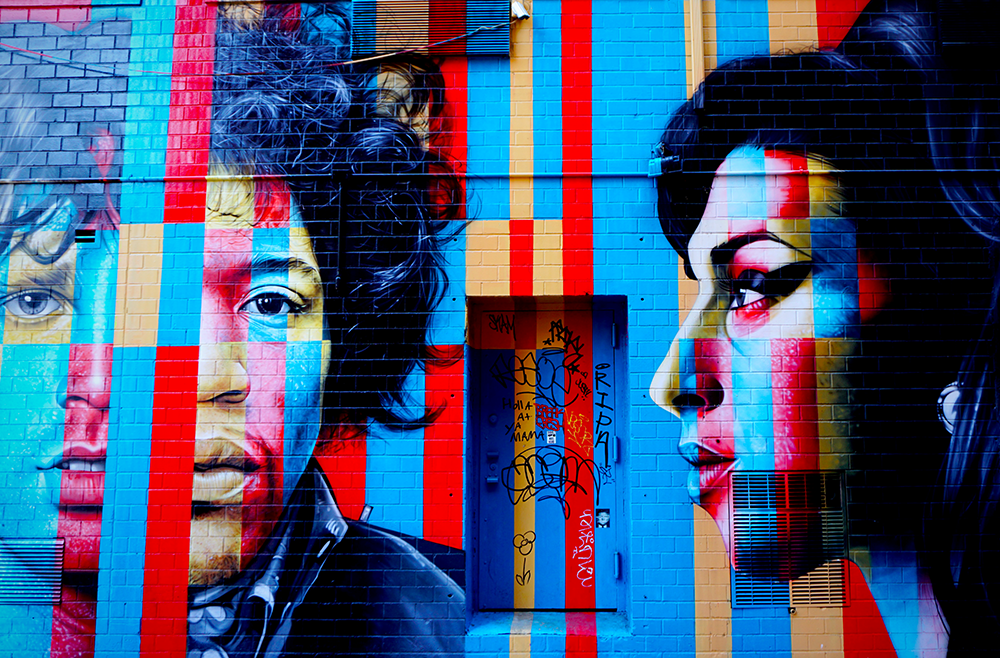

Finish It Up
Once you're happy with your painting, let it dry completely before going over any lines that might need touching up with the black marker.
And that's it—you're done! Hang your finished pop art piece on your wall or give it to a friend.
Either way, we think Andy Warhol would be proud.

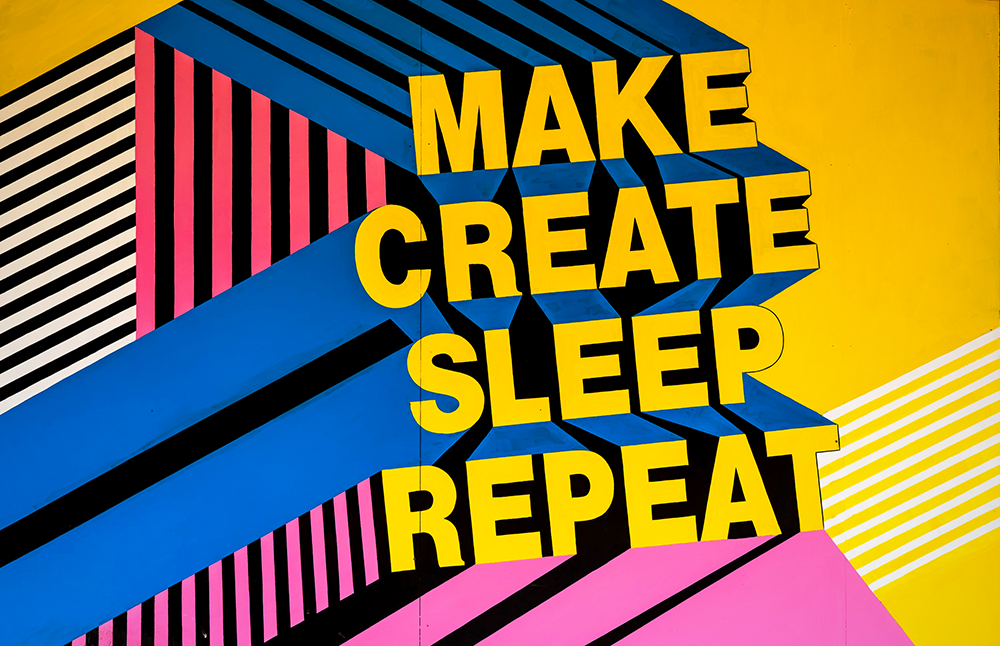
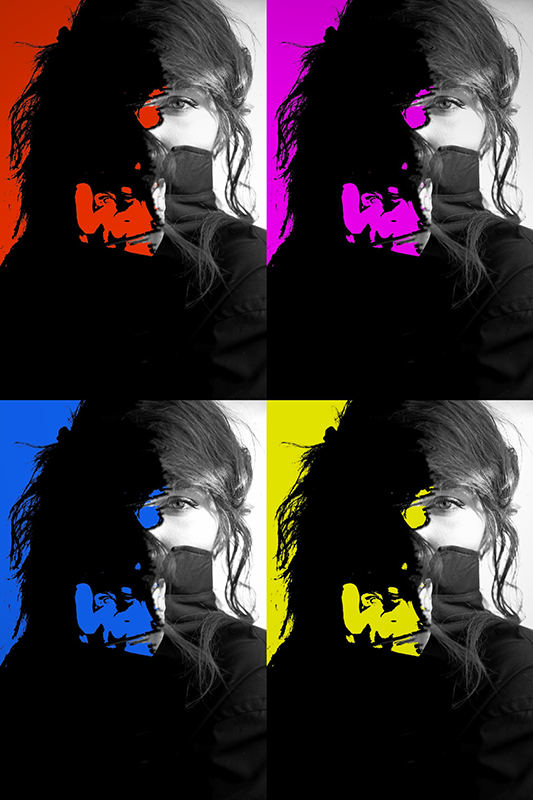
Creating Pop Art
While it might seem like pop art is all about bright colors and bold images, there is actually quite a bit more to it than that.
Pop art emerged as a response to consumer culture and sought to challenge traditional ideas about what artwork should look like.
Pop art is one of the most iconic movements in the history of art, and its influence can still be seen today.
We hope this guide has inspired you to create some pop art of your own!
Remember, there are no rules when it comes to pop art—so, let your creativity run wild, and have fun!
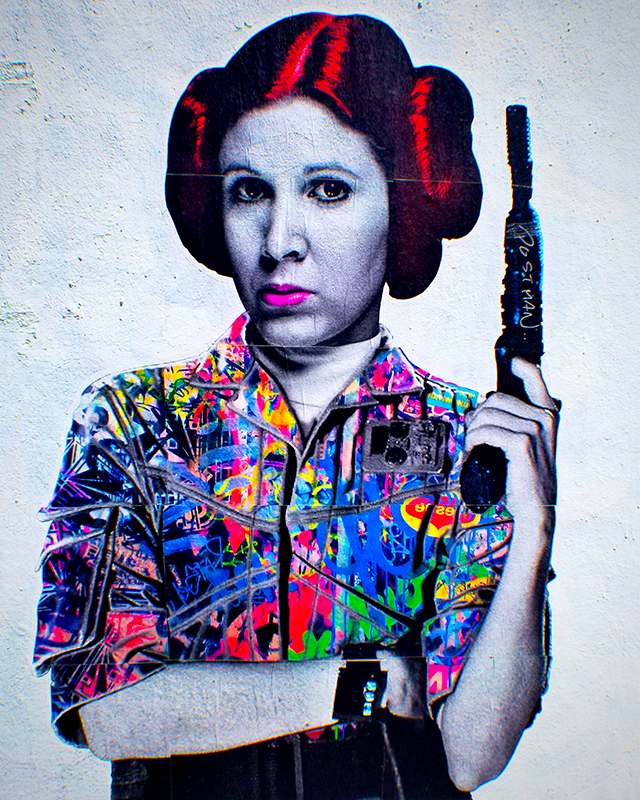


Eager to learn more about creating pop art? Check out Ms. Bialy's Art Class's video!
Want to learn more about different kinds of art?
Check out some of our art guides:
